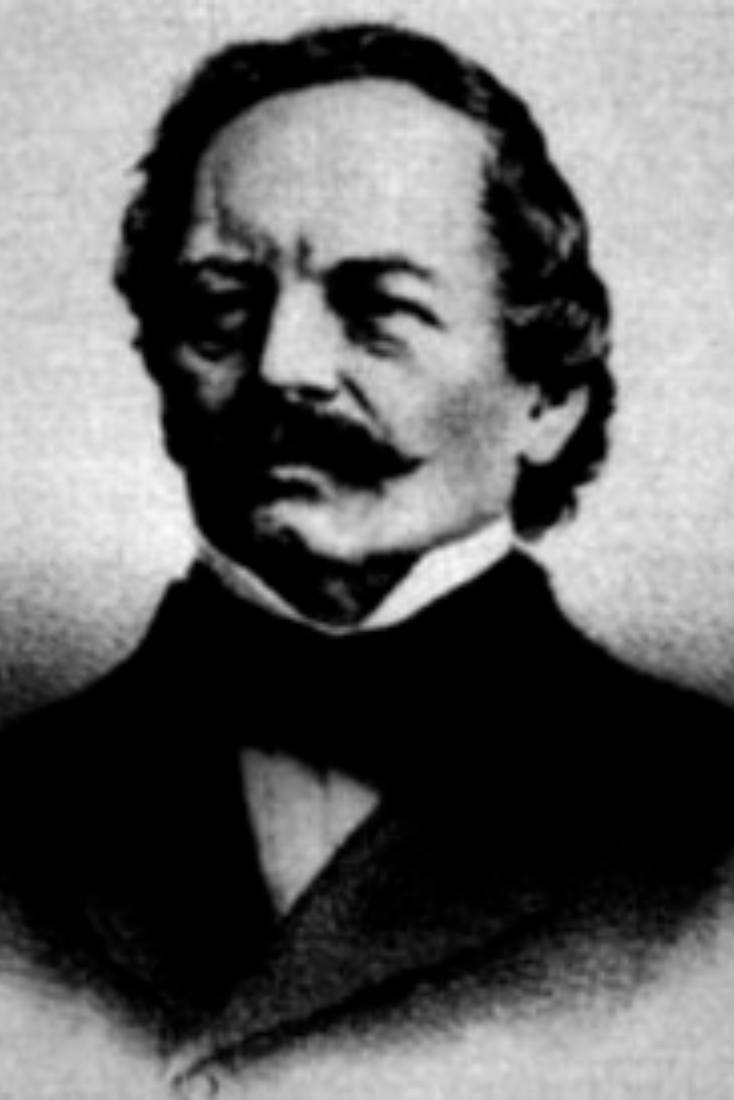Friedrich Welwitsch
The Man Who Found Mr. Big
Today is the birthday of the Austrian botanist and explorer Friedrich Welwitsch.
Welwitsch found a second home in the country of Portugal, where he served as the director Of the botanic gardens in Lisbon.
Welwitsch had some amazing experiences during his lifetime, but the pinnacle was clearly the day he discovered the Welwitschia mirabilis. The mirabilis refers to its unusual form.
Portugal had to send him to Africa to collect plants - which he did for seven years. In 1860, Welwitsch discovered a strange-looking plant that is actually a tree - a conifer and a gymnosperm - in terms of botanical classification. The Africans called it "Mr. Big." The Welwitschia is endemic to Namibian deserts, and it's also present on the Namibian coat of arms.
When Welwitsch discovered this unique plant which can live for more than 1500 years and bears only two leaves in its entire lifecycle, he was so astonished that he
"could do nothing but kneel down and gaze at it, half in fear lest a touch should prove it a figment of the imagination."
Imagine a two-tentacled octopus with very long arms and a red floral bouquet for a head, and you have the Welwitschia mirabilis. Welwitschia's two leaves grow continually throughout the life of a plant. The pair of leaves are broad, leathery, and belt-shaped. Incredibly, some specimens, tested with carbon 14, are over 2000 years old.
There is a spectacular photo of Welwitsch seated behind a large welwitschia mirabilis. He's wearing a pith helmet, and the plant's leaves are clearly many times longer than Welwitschia's arms and legs, which are mostly obscured by the plant.
In 1862, Joseph Dalton Hooker described the plant in The Gardener's Chronicle as
"the ugliest yet botanically magnificent plant in the world among centuries-old plants."
This post was featured onThe Daily Gardener podcast:
helping gardeners find their roots,
one story at a time






